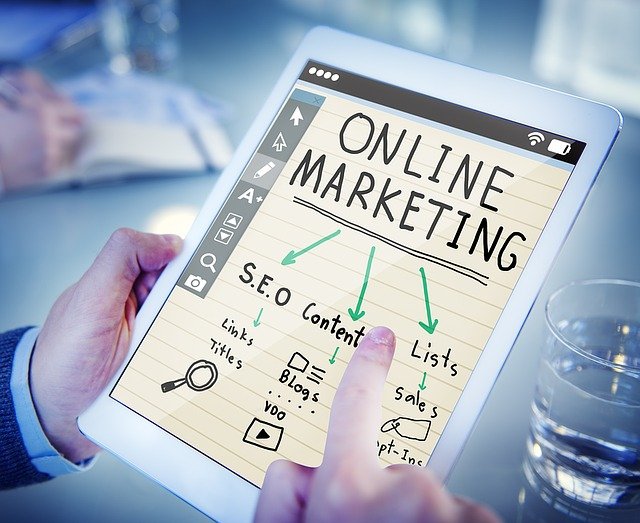
Marketing Automation
Marketing automation is a technology solution that allows businesses to automate repetitive marketing tasks such as sending emails, managing social media posts, and tracking website analytics. It helps businesses improve their productivity, efficiency, and effectiveness by providing a framework for automating repetitive marketing tasks.
In this article, we look at how you can get started with popular marketing automation software solutions like Iterable even if you are an absolute beginner. Here are the steps:
- Define Your Objectives
Before starting your marketing automation journey, it’s important to define your objectives and what you want to achieve through automation. Think about why you want to automate certain processes in your business and what outcomes you hope to achieve.
Your objectives could be anything from increasing brand awareness and generating more leads or sales to improving customer retention rates or reducing manual workloads. Knowing what goals you’re working towards will help guide the rest of your efforts in implementing marketing automation.
Identify The Right Tools
The next step is identifying which tools best suit your needs according to the objectives defined above. There are plenty of marketing automation solutions available in the market today, each offering different capabilities at varying price points.
Some popular choices include HubSpot, Marketo, Pardot, and Eloqua, among several others. Each tool offers varying capabilities based on the size of the team using them or the types of features offered, so choose wisely!
Build Lists & Segmentation
Building lists is one of the foundational elements needed in successful automated campaigns. Plan out how to collect information about prospects as they move through traditional online channels, such as email communication networks, subscription pages, registration forms, etc.
Segmenting these lists can allow much greater flexibility within email communications (and other automated comms) by creating targets specific to interests or job titles. There is no need to manually perform potentially time-consuming activities such as field customization across multiple Excel sheets one by one or associated back-end actions such as new subscriber workflows.
Choose What To Automate
Automating marketing tasks is the hallmark of marketing automation. Hence, it’s important to choose what makes sense to automate in your workflows. Some popular workflows include onboarding new customers and leads, nurturing prospects until they’re ready to buy, sending triggered emails after specific action points, or creating personalized recommendations based on customer data segments. The latter is a popularly-known feature of the famous Amazon recommendation engine.
Develop Campaigns
After identifying which processes you want to automate, it’s time to develop campaigns that will engage your audience throughout their sales journey. Campaigns can follow a variety of different paths but should typically guide customers through a series of touchpoints that drive them toward conversion. This includes consistent messaging through strong CTAs across email communications and product offerings, content downloads, on-site promotions, etc. You must also rigorously test potential optimizations as they take shape before the launch date to ensure the maximum impact on results.
Test & Measure Your Results
Finally, test, measure, and track your campaigns’ performance metrics over time! This is essential for gauging not only how well these automatic communication workflows function (and indeed, if any shortcomings exist) but also assessing how successful they were in achieving the overall objectives or goals outlined previously.
Tools such as Google Analytics HubSpot’s Marketing Suite allow users to gain insights into visitor behavior patterns, enabling future optimizations for higher productivity. They also help define trends based on the data, spot bottlenecks under heavy load periods, conduct lead scoring analysis on what worked best, and help target ‘hot spots.’
Conclusion
Utilizing marketing automation has been one of the most effective ways for businesses to reap benefits from scaling up their activities and expanding their reach beyond limited human resources and bandwidth constraints, especially during and after COVID-19.
If you are someone who is considering automating parts (or all) aspects of digital marketing, it can be easy for you to feel overwhelmed and unsure of where to start. You might also be hesitant about the inherent complexity of the many different systems and solutions available.
If so, then read this quick guide and take action now. Define your objectives, identify suitable solutions and tools, and choose wisely based on unique circumstances and needs. Make sure to build lists and segment them properly, plan what to automate, establish campaigns catered towards specific target audiences outlining distinct metric-based goals, and optimize and test the results continuously.






